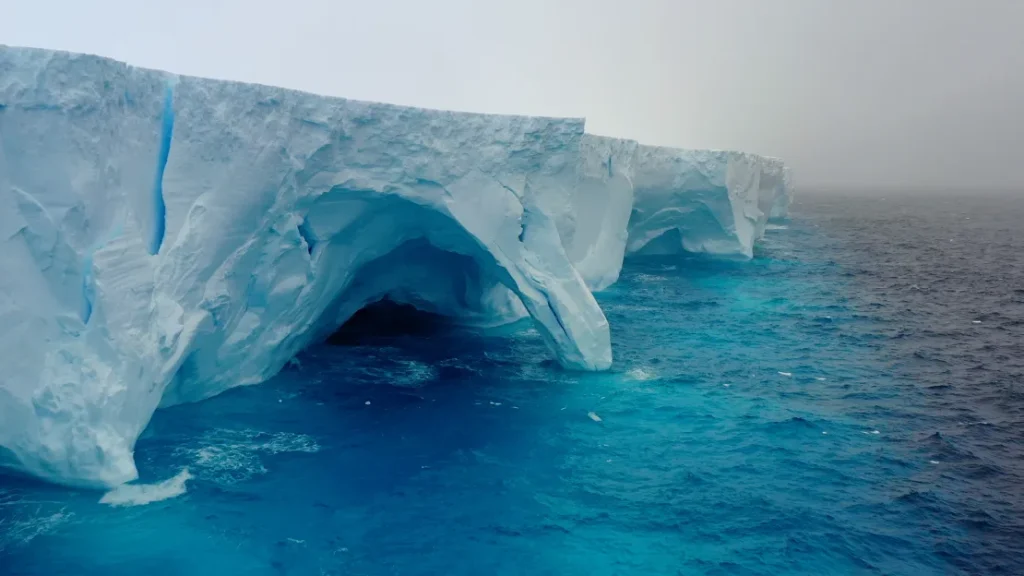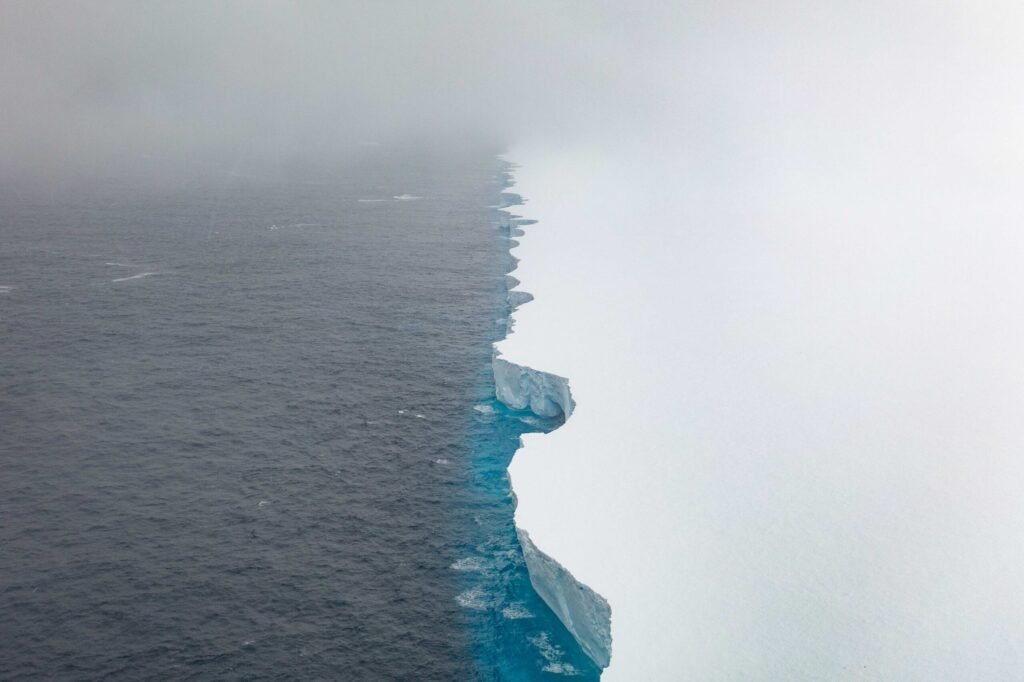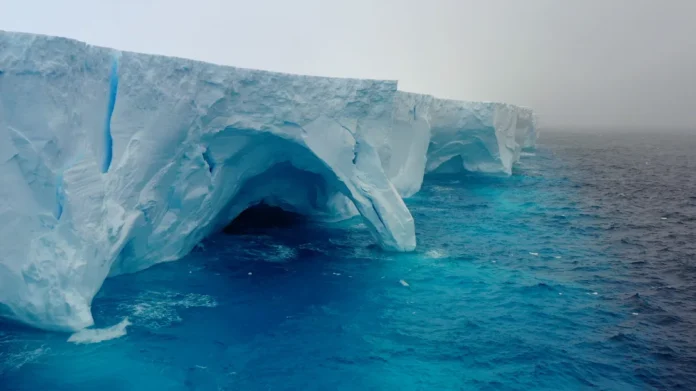The world’s largest iceberg, A23a, has captivated researchers as it breaks free from a swirling ocean eddy and resumes its journey through the remote waters of the Southern Ocean. This event marks a significant moment for scientists studying the implications of ice masses on ocean dynamics and the ecosystems that thrive beneath the ice.
A23a Iceberg Breaks Free
Spanning an impressive 1,418 square miles, A23a dwarfs even the state of Rhode Island. It originally calved from Antarctica’s Filchner-Ronne Ice Shelf in 1986 and remained trapped near the continent for decades due to oceanic currents and the underwater landscape that dictated its movement. After finally gaining momentum last year, the immense iceberg encountered a rotating water current near the South Orkney Islands, leading to months of spinning in place—a phenomenon that sparked increased interest among scientists.
Tracking Iceberg Movements in the Ocean
“It’s thrilling to see A23a on the move again after being immobilized for so long,” noted Dr. Andrew Meijers, an oceanographer associated with the British Antarctic Survey. Experts have meticulously tracked the iceberg’s journey to understand how such enormous masses interact with sea currents, affect water temperatures, and influence nutrient distribution in the ocean.

New Chapter for the A23a Iceberg
A23a’s recent exit from its confinement has reignited discussions about what lies ahead for this colossal iceberg. As it drifts further northward, the potential impact of warmer waters looms large. Historically, many icebergs follow similar paths, eventually succumbing to disintegration over time. Despite the fact that melting icebergs do not contribute to sea level rise (as they are already afloat), scientists stress the importance of monitoring these events in light of Antarctica’s health within a warming global climate.
A23a Iceberg and Its Ocean Impacts
While A23a’s calving was a natural occurrence, researchers express concern regarding other alarming trends observed in Antarctic ice shelves. Accelerated ice melt in specific regions could lead to significant changes in glacial flow rates, potentially contributing to sea-level rise. Data collected from icebergs like A23a is essential for researchers aiming to understand these larger climatic trends.
Ecosystems Under the Ice
Studies indicate that drifting icebergs have the potential to mix ocean waters and spark temporary bursts of plankton blooms. These blooms serve as a vital food source for fish, krill, and various marine organisms that may not thrive in nutrient-poor waters. “These icebergs offer distinct nutrient inputs,” commented Professor Geraint Tarling, principal investigator at Biopole. Through sampling the waters impacted by A23a, scientists can assess how the iceberg’s magnitude and origin influence the surrounding marine communities.

What the Future Holds
Many experts predict that A23a will continue its journey through the Southern Ocean currents. As it approaches regions with warmer temperatures, the integrity of the ice is expected to weaken, leading to its fragmentation. While some pieces may persist for an extended period, the bulk of the iceberg is likely to diminish over time.
A23a Iceberg Research Enhances Ocean Circulation
The ongoing study of massive icebergs such as A23a helps refine climate models, improve understanding of ocean circulation, and identify regions most at risk for environmental change. Data collected from observational missions, satellite imagery, and direct measurements converge to paint a more precise picture of oceanic conditions far from populous areas.
The insights gathered from the path of A23a are crucial for guiding future policies aimed at preserving polar ecosystems and the vulnerable marine habitats they support.

Moving Lab for Ocean Studies
A23a’s journey is significant because it serves as a dynamic laboratory for oceanographers and climate researchers. Its recent departure from a rotating water column illustrates the intricate interactions within ocean currents and the complexities of underwater geography. Although this iceberg has lingered for nearly four decades, its future trajectory is poised to uncover additional information about the environmental ripple effects initiated when a section of Antarctica breaks away and ventures into the vast ocean.



